Nowadays Error Level Analysis or ELA has become the most common method for image modification detection. This method is used by lots of both commercial and free tools and web-services [1, 2].
This method is based on the fact that JPEG image compression removes overmuch information about original’s brightness and color [3]. The amount of information being removed depends on compression rate and, of course, signal quantization matrix. If original image compressed only once is quantizated by the same matrix as the original, modified image won’t be different from the original. But if the original image is saved in JPEG a number of times, there will be significant differences between the original and modified image [4]. The result of ELA is error pattern, which shows differences between the original and modified image. The aim of the forensic examiner is to interpret error pattern right.
This method works very well for modification detection in images created from fragments with different error level (fig. 1, 2).

Figures 1,2. Modified image and its error pattern
But if fragments are taken from files with the same error level or are cloned from the same image, such analysis won’t bring good results, especially when your tool doesn’t allow to choose compression rate value for calculating error pattern (fig. 3, 4, 5).

Figure 3. An image compressed with 85 quality created from fragments of an image with 50 quality

Figure 4. Error pattern calculated for 85 quality

Figure 5. Error pattern calculated for 50 quality. Now we can see cloned fragments
The chances of successful modification detection depend on technique of editing used. For example, if fragment was pasted in a cropped image which wasn’t saved in between, reliability of the method decreases. The same can be said about highly compressed images.
As you already know, you can use ELA not only to detect fragments pasting, but also some other image modifications, read about it here.
References:
- AMPED software. Authenticate. https://ampedsoftware.com/authenticate
- Fotoforensics. http://fotoforensics.com/
- Joint Photographic Experts Group. https://jpeg.org
- A Picture’s Worth: Digital Image Analysis and Forensics. Dr. Neal Krawetz, Hacker Factor Solutions, August 2007. Presented at the Black Hat Briefings 2007. https://www.blackhat.com/presentations/bh-dc-08/Krawetz/Whitepaper/bh-dc-08-krawetz-WP.pdf
About the authors:
Serge Petrov
Interests: Digital Video Forensics, Forgery Detection, Audio Forensics
Interests: Computer, Cell Phone & Chip-Off Forensics
Interests: iOS forensics, Android forensics, Mac OS X forensics, Windows forensics, Linux forensics

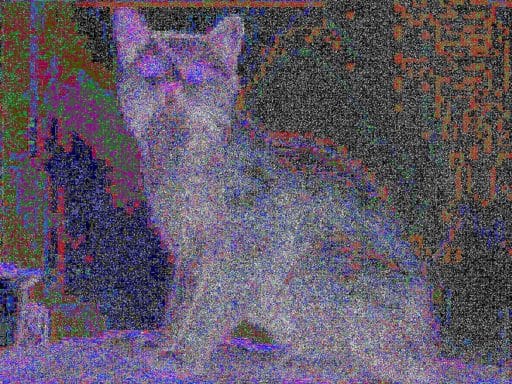
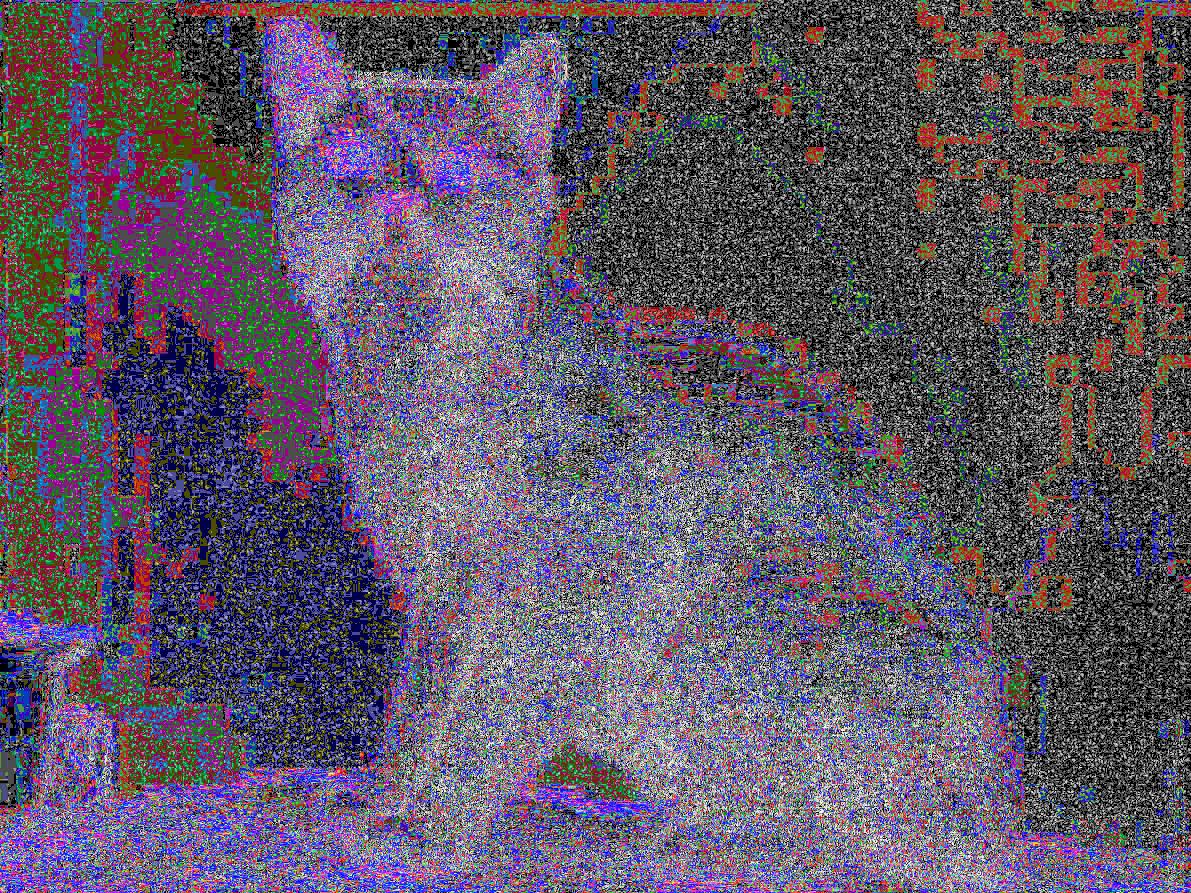

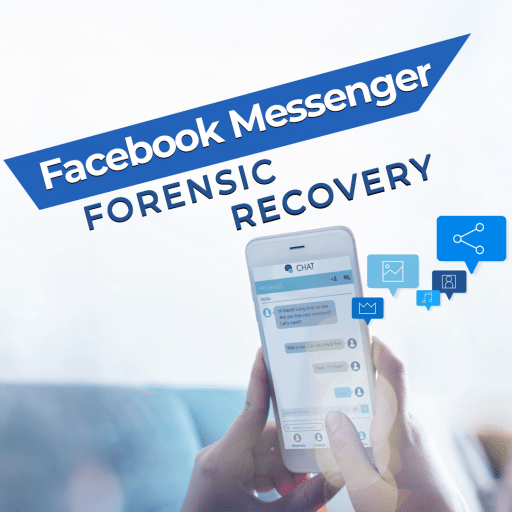
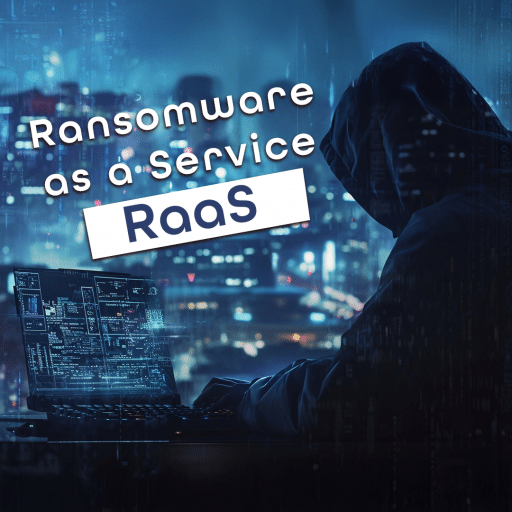

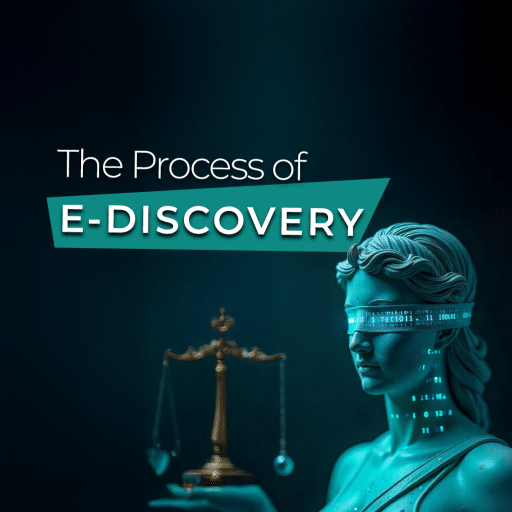
Comments are closed.